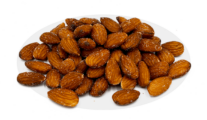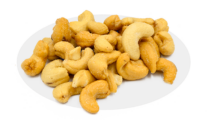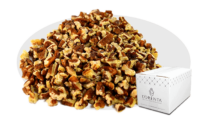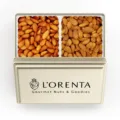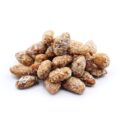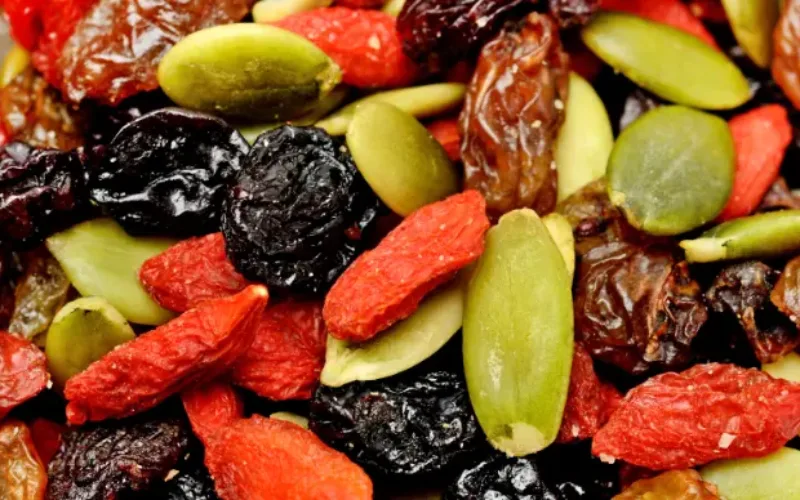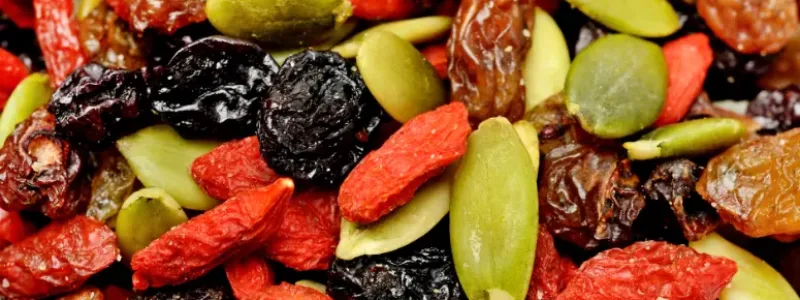Written By Sam Henselijn
Introducing our new video “Almonds The Nut that Does It All”. Almonds, nature’s superfood, offer a variety of flavors, from sweet to tangy. Packed with essential nutrients like vitamin E, calcium, phosphorus, magnesium, and iron, these delicious treats boost brain function and energy production and strengthen the immune system. At L’Orenta Nuts, we’ve crafted a diverse selection of almond products to help you uncover the true potential of this nutritious snack. Indulge guilt-free and savor the goodness of almonds! Watch the video now to learn more about the incredible health benefits these Mediterranean natives have to offer:
This video has given you an overview of how our almonds and almond products are produced. From when the almonds are being grown and cultivated to packaged and shipped out to enjoy. See all of the almond products we sell online for your enjoyment.
Introducing our new video “Almonds The Nut that Does It All”
You can watch our original almond video on YouTube. While you are there, subscribe to our channel, give it a like, and comment with your questions or suggestions.
Almonds, a staple in diets around the world, are not only celebrated for their versatility and taste but also for the myriad of health benefits they offer. These nutty delights are seeds of the almond tree, scientifically known as Prunus dulcis, and are native to the Middle East, although the United States has now become the world’s largest producer, particularly California.
Growing Almonds: The journey of almonds begins with the planting of almond trees, which flourish in Mediterranean climates characterized by warm, dry summers and mild, wet winters. Almond trees are somewhat unique in their growing requirements, as they demand an optimal balance of specific soil types, such as sandy or loamy soils, and adequate water supply through irrigation systems to produce their best yields. These trees are also pollination-dependent, requiring bees to transfer pollen between flowers to initiate nut development. It takes about five years for almond trees to bear their first fruit, but they can continue producing almonds for decades thereafter.
Harvesting Almonds: Almond harvesting is a meticulous process that typically occurs between August and October when the hulls split and the shell becomes dry and brown. The process begins with a mechanical shaker grabbing the trunk of the tree, shaking it vigorously to dislodge the ripe almonds. The fallen almonds are then swept into rows and allowed to dry under the sun for several days before being collected. This method ensures the nuts are dried to the perfect moisture level, making them easier to hull and shell.
Roasting and Salting: Roasting almonds enhances their flavor, aroma, and crunchiness. This process involves heating the almonds in an oven or on a skillet, which can be done with or without oil. Salted almonds are typically roasted with a light coating of oil to help the salt adhere to the nuts. The roasting process not only brings out a rich, toasty flavor but also changes the texture, making them even more enjoyable to eat.
Health Benefits: Almonds are a powerhouse of nutrients, offering a rich source of vitamin E, magnesium, fiber, and protein. They are also packed with antioxidants, primarily concentrated in the brown layer of the skin. Regular consumption of almonds has been linked to numerous health benefits, including lower blood sugar levels, reduced blood pressure, and lower cholesterol levels. They can also aid in weight loss and reduce hunger, as the protein and fiber increase the feeling of fullness.
Different Types of Almonds: Almonds come in various types, primarily categorized by their shape, size, and taste. The two main types are sweet almonds, which are commonly consumed, and bitter almonds, which are used to make almond oil or extract but are not eaten raw due to their toxic content. Within the sweet almond category, there are several varieties, including Nonpareil, Carmel, and Butte, each with unique characteristics in terms of size, shape, and shell hardness.
In summary, almonds are a versatile and nutritious nut that undergoes a fascinating process from tree to table. Whether enjoyed raw, roasted, or as part of various dishes, they offer a delicious way to enhance your health and diet.
What are the main health benefits of almonds?
Almonds are packed with essential nutrients like vitamin E, calcium, phosphorus, magnesium, and iron. These nutrients help boost brain function, energy production, and strengthen the immune system, making almonds a superfood with a variety of health benefits.
How can I stay updated with more videos from L’Orenta Nuts?
To stay updated with more videos from L’Orenta Nuts, you can subscribe to their YouTube channel. Additionally, you can like their videos and leave comments with questions or suggestions to engage with their content further.
Sam Henselijn Author’s Biography – Meet L’Orenta Nuts CEO
Copyright 2024 L’Orenta Nuts
L’Orenta Nuts proudly holds the SQF food safety certification, symbolizing our unwavering dedication to upholding the highest standards of food safety and quality. This certification guarantees that our products undergo rigorous scrutiny, ensuring transparency, traceability, and adherence to global food safety regulations for the utmost consumer confidence.
L’Orenta Nuts has the HACCP (Hazard Analysis and Critical Control Points) certification is a systematic approach to identifying, evaluating, and controlling food safety hazards. It ensures that food products are produced and handled in a manner that minimizes risks and complies with safety standards.
Our GMP (Good Manufacturing Practices) certification ensures that a manufacturing facility adheres to comprehensive quality and safety standards while producing pharmaceuticals, food, and other consumer goods, promoting consistency, quality, and compliance with regulatory requirements.
L’Orenta is an FDA-approved manufacturing facility and has met the rigorous standards set by the U.S. Food and Drug Administration. It demonstrates compliance with regulations, ensuring the production of safe and high-quality food products.


